West View Park
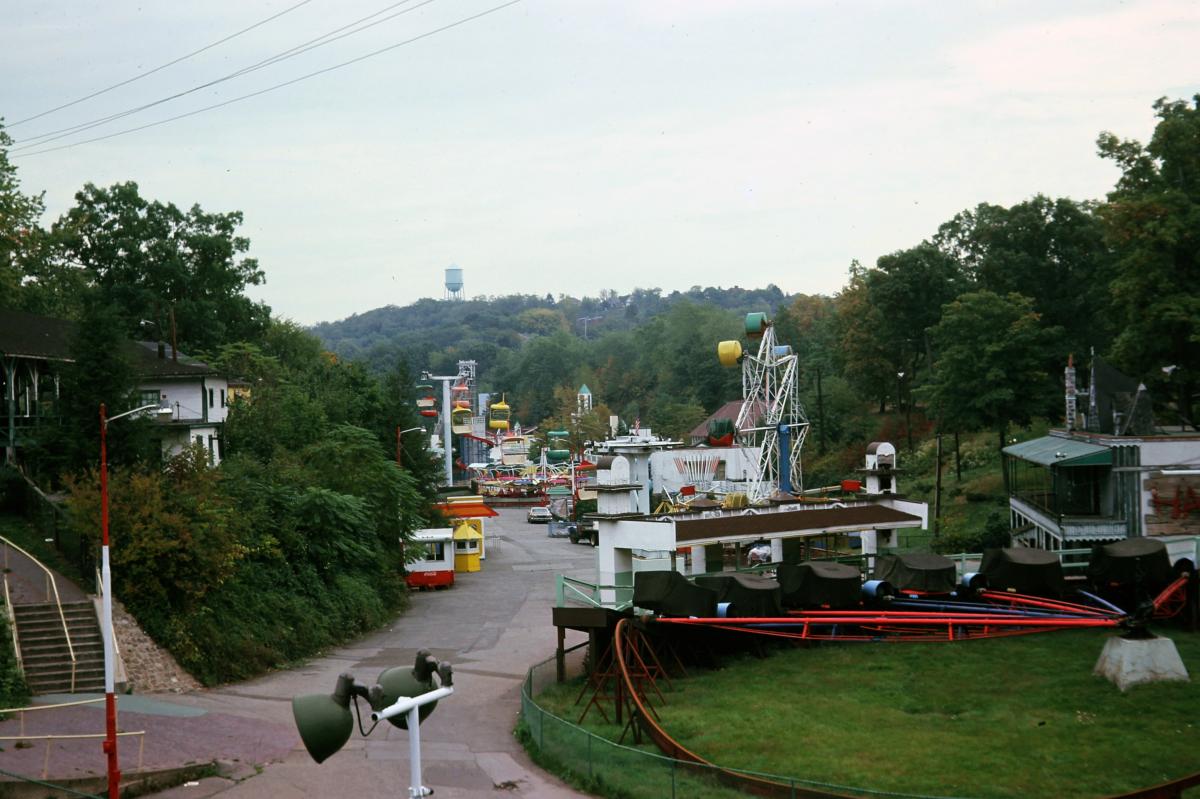
West View Park was the brainchild of Theodore Marshall Harton. Harton was a native Pittsburgher who was inspired to create his own amusement park rides business after he worked on the Ferris wheel at the World’s Columbian Exposition in Chicago. His business became so successful that he was able to design and operate his own amusement park rides.
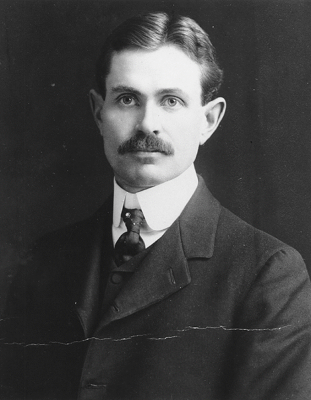 In 1905, Harton and his business associate, Fred Henninger, entered into a $3,000 a year, 10 year lease with the Allegheny-Bellevue Land Company for 18.42 acres of land at the end of the Bellevue-West View trolley line.
In 1905, Harton and his business associate, Fred Henninger, entered into a $3,000 a year, 10 year lease with the Allegheny-Bellevue Land Company for 18.42 acres of land at the end of the Bellevue-West View trolley line.
Harton formed the West View Park Company on March 7, 1906, and work on the amusement park began almost immediately. The land they had leased was just an empty swamp. They dammed up a small stream on the property and created a 5-acre lake, named Lake Placid, which was eventually used for the park’s paddle and swan boat rides.
West View Park officially opened on May 23, 1906 with a carousel, a mill chute ride called the "Mystic Chute," and a figure eight roller coaster. At first, many borough residents were concerned with the noise and crowds generated by the park. The Park Company compromised with the Borough and agreed to operate the roller coaster and the flying horse on alternate Sundays. In addition, the shooting gallery and dance hall would be closed on Sundays.
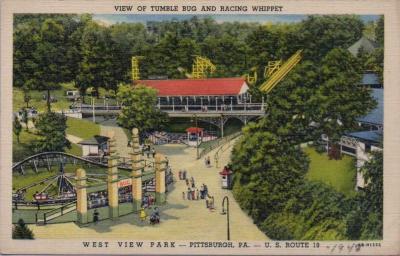 In 1907, a Katzenjammer Castle funhouse and bandstand were added. In 1910, Lake Placid was drained to free up space for the construction of a new $25,000 roller coaster. This roller coaster was the first to be built in Pennsylvania. In 1912, the ride was called “the $50,000 Leap-the-Dips.”
In 1907, a Katzenjammer Castle funhouse and bandstand were added. In 1910, Lake Placid was drained to free up space for the construction of a new $25,000 roller coaster. This roller coaster was the first to be built in Pennsylvania. In 1912, the ride was called “the $50,000 Leap-the-Dips.”
In 1915, the West View Park Company bought out the lease from the Allegheny-Bellevue Land Company. The park continued to expand through the 1950s.
T.M. Harton passed away in February 1919. The park was willed to his brother George and his two sisters, Olive Harton Jones and Jessie S. Beares. After the death of George in 1920, Olive Harton Jones bought out the shares of T.M. Harton’s widow, incorporated the T.M. Harton Company, and became its president.
In the early 1900s, the Pittsburgh area was home to many amusement parks such as Kennywood in West Mifflin, Southern in Carrick, Calhoun in Lincoln Place, Oakwood at Crafton, Dream City in Wilkinsburg, Coney Island on Neville Island, and Luna Park in Oakland. After a few years, most of these parks closed, leaving only two: West View Park and Kennywood.
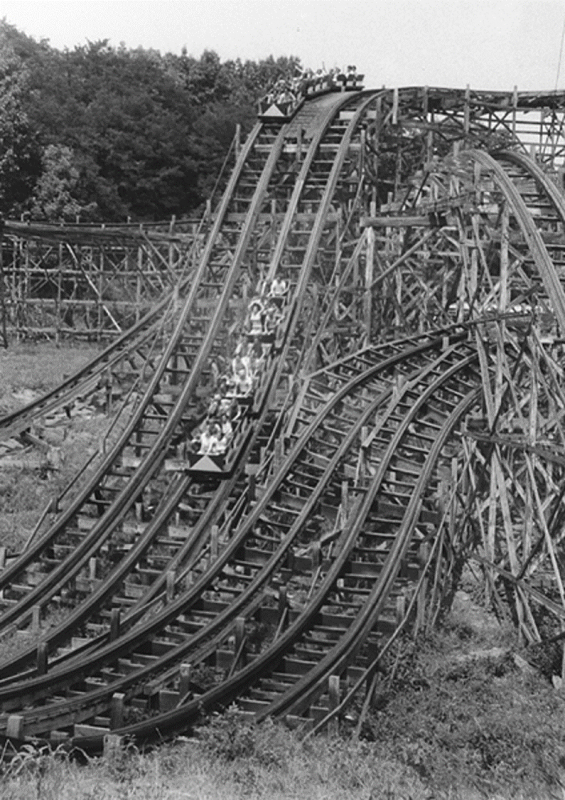
the Racing Whippet
Throughout the 1920s, many improvements and additions were made to West View Park, including a new midway, the Racing Whippet roller coaster, and a large dance hall. The dance hall was remodeled in 1947 and became Danceland.
The 1950s-1960s were the best era for the park yet. Attendance peaked as the baby boomer generation grew up and came to the park. West View Park was able to compete with Kennywood as they continued adding new attractions each year.
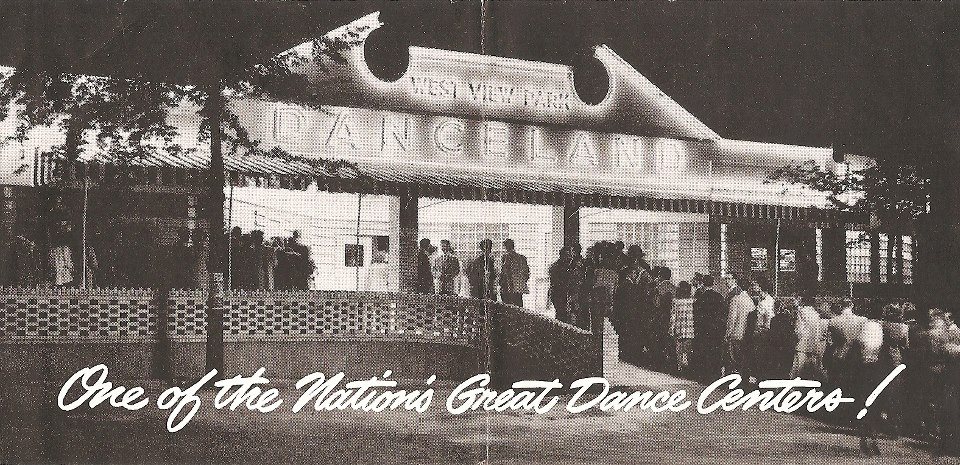
a Danceland postcard
A large source of business for both West View Park and Kennywood had always been school picnics and gatherings. In the 1960s and 70s, school districts began to consolidate which meant less school picnics. Competition between the two parks grew.
Kennywood began putting money towards television advertisements and spent millions on new attractions. West View Park was unable to keep up as attendance and funds decreased.
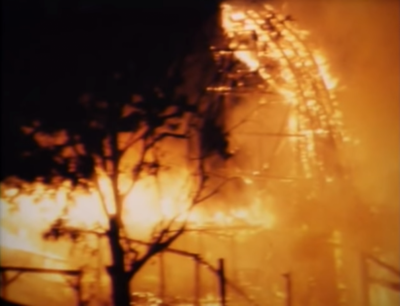
Danceland burned down in 1973, and by then the park was experiencing financial troubles, so it was not rebuilt. Struggling to draw crowds and compete with Kennywood, the park was forced to close on Labor Day 1977. The T.M. Harton Company voted to close the park and sell it, but no one was interested initially. The park would stay vacant for a few years. After its closure, many of the buildings and rides caught fire, likely from arson. One of West View Park's most beloved rides, The Dips, burned down on August 31, 1980.
Eventually, the land was purchased by FRA Associates. The remaining structures were torn down and turned into the West View Park Shopping Center in 1981.
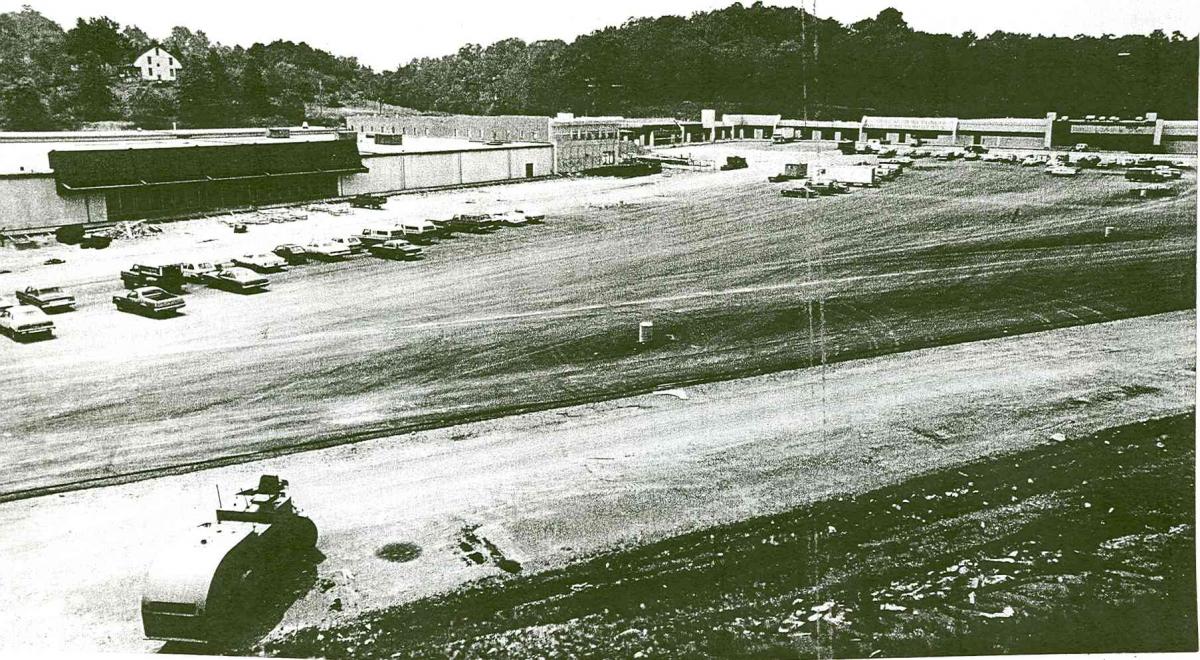
West View Park Shopping Center under construction, early 1980s
